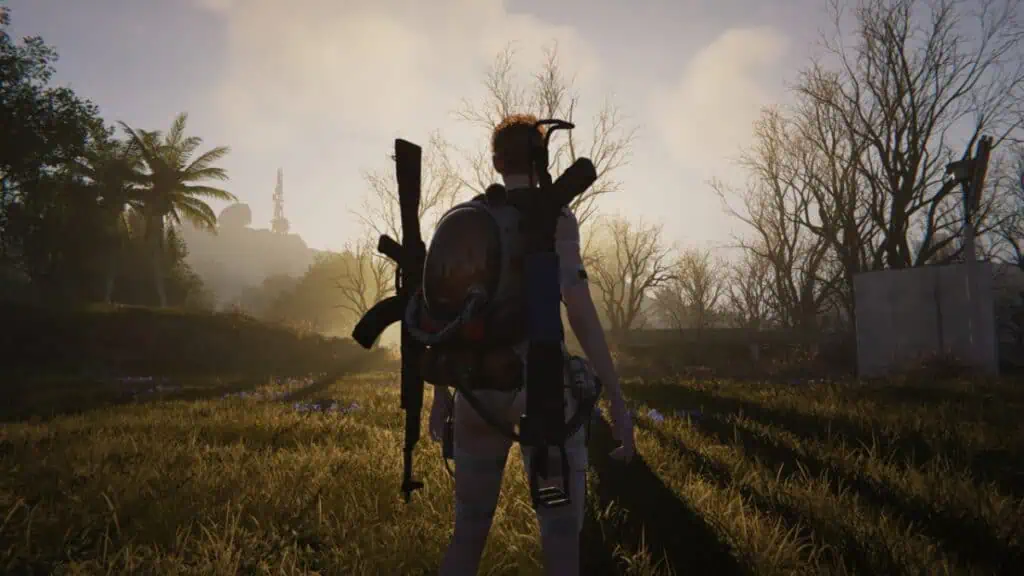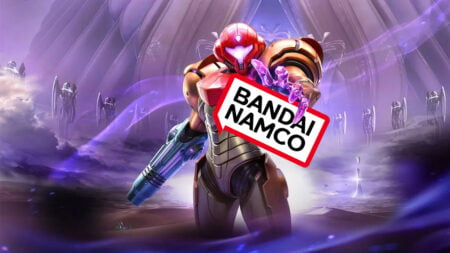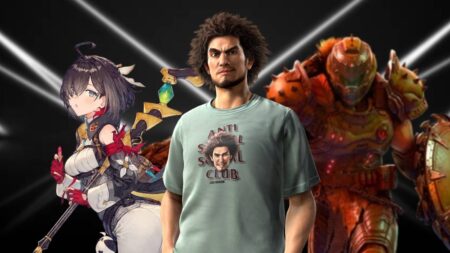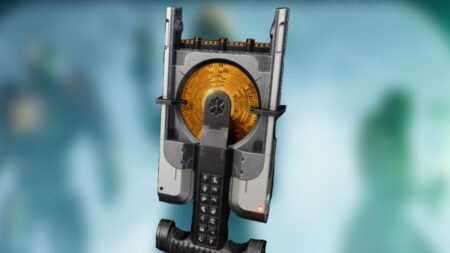Skip To...
Open-world games make a promise: you can go anywhere, more or less. Freed from the chains of linear storytelling, you can tackle content in whatever order you want. Level scaling, narrative design, and POI placement are just a few considerations. You can fight the Tree Sentinal as soon as you enter Limgrave or ignore it until you’re stronger. The open world of Once Human often struggles with this reality. It’s an MMO, survival game, PvP shooter, New Weird monsterfest, and more, but these elements often chafe against one another. The more I explore, the less comfortable Once Human seems with its open world. One reason? Starry Studio is playing it too safe.
The New Weird Gets Too Normal
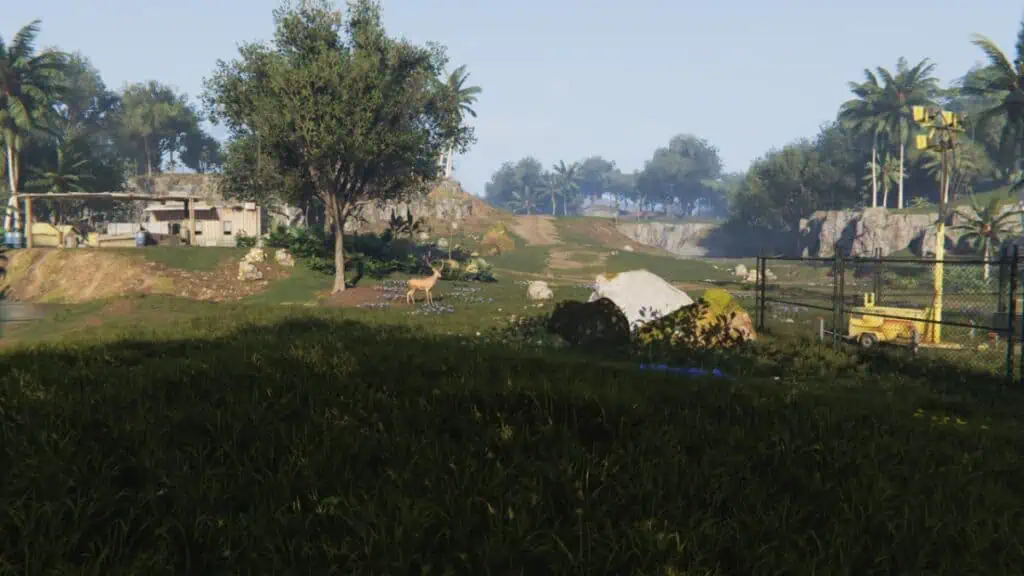
In Once Human, tech giant Rosetta battles organizations like Furugaku Gumi for resources and control. Beyonders like Mary watch and plan. There’s aluminum to farm and Stardust anomalies to investigate. There’s a walking bus monster that you can knock down and climb inside before looting the crate in its hollow gut. The game has a story to chew on as well, though it’s undercooked and doughy. Once Human has ambitions that would please a Lannister, but its open world struggles to make things compelling.
Consider the four-legged monster bus. It’s one of the coolest ideas here, yet it’s reduced to a walking loot crate. The game admires the New Weird from a distance, but it fails to understand or embody that genre. Compare it to the stories of China Miéville and Jeff VanderMeer, and you can see what’s wrong with Once Human‘s open world. New Weird stories push our expectations, taking the audience on a journey into unforeseen places. An MMO with Once Human‘s monetization model can’t take those risks. Starry Studio allows the monster bus only when it’s filtered through the lens of in-game profit.
Once Human, Dead Spaces, and Open World Design
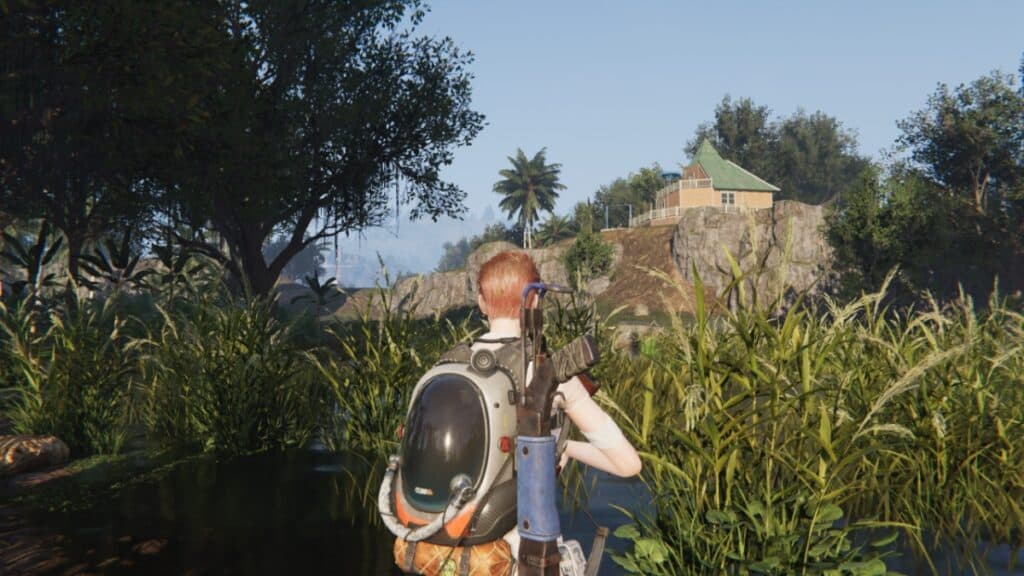
Building and automating your base gives you some incentive to explore, but that exploration reveals another problem with the open world in Once Human: emptiness. If you’ve ever played Red Dead Redemption 2, Starfield, or No Man’s Sky, you’ll understand the problem. The bigger the world, the harder to imbue it with life. There’s beauty in the crags and cactuses of the Blackheart Region, but it all feels dead. I watch the deer in Iron River flee through the undergrowth, and I feel nothing. The New Weird is present in name only. The innovation’s been vacuumed out.
There are too many dead spaces in Once Human, too much sterile terrain, and too few systems that interact. No Man’s Sky proves that all of these problems are solvable with a devoted team (and adequate time and budget). If Starry Studio manages to plug the holes in its leaking MMO so players can sail as they deserve to, I’ll eat Rennala’s hat. I’ve enjoyed tackling White Cliff. I’ve enjoyed looting endless crates. That said, if a fire elemental told me its dream was to become an Olympic swimmer, I’d call that battle uphill.

